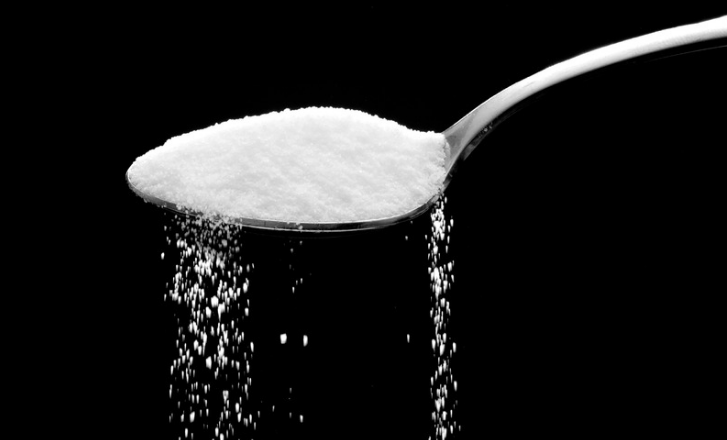
Some people track their progress by how they feel and look—firmer legs, a smaller waist, or toned arms. Others prefer numbers and data: pounds, inches, or charts that show measurable results. Both approaches are valid. The important thing is finding a method that helps you feel motivated, informed, and confident in your journey.
There are many ways to measure progress—weight, clothing size, and body measurements—but not all numbers tell the full story. Learning about body composition can provide deeper insight into your health and fitness beyond what the scale shows.
What Is Body Composition?
Body composition is one of the five components of fitness, along with flexibility, muscular strength, muscular endurance, and aerobic fitness. It helps you understand what your body is made of and how it changes over time.
Body composition can be broken down into four key areas:
1. Weight
Your total body mass is familiar, but weight alone doesn’t reveal fat versus muscle. For example, strength training may increase muscle mass even as fat decreases, which could cause the scale to rise despite improvements in health and fitness.
How to use it:
Don’t obsess over daily changes; weight fluctuates due to food, water, and other factors
If you track weight, do it under consistent conditions (same time of day, similar clothing, etc.) and limit it to once every one to two weeks.
Focus on fat loss and lean mass gains rather than the number on the scale.
2. Fat Mass
Also known as body fat percentage, this measures how much of your total weight is fat. Healthy ranges vary among individuals and can be influenced by age, sex, hormones, and genetics. There is no single number that defines health for everyone.
How to track:
Body fat percentage is often a better indicator of progress than total weight.
Formulas and home devices exist, but the most accurate assessments come from trained professionals.
Reassess every 4–6 weeks to track trends over time.
3. Lean Mass
Lean mass includes muscle, bones, organs, and water—everything that isn’t fat. Strength training and other exercises can increase lean mass, sometimes causing weight to rise even as fat decreases.
Look for gains:
Lean mass can be calculated by subtracting fat mass from total body weight.
Increasing lean mass boosts metabolism, helping your body burn more calories even at rest.
Setting goals around lean mass instead of weight alone encourages a healthier, more sustainable approach to fitness.
4. Fat Distribution
Where your body stores fat is influenced by genetics, hormones, and age. Some people carry more in their midsection (“apple” shape), while others store fat in their hips and thighs (“pear” shape). Fat distribution can affect health risks, but all bodies are unique.
Room for improvement:
Changes in fat distribution happen gradually with consistent activity and healthy habits.
Spot-reduction exercises (like crunches for belly fat) don’t work; full-body movement and cardio help reduce fat overall.
Use simple tape measures, clothing fit, or visual progress as practical ways to track change.
Tracking Progress Inclusively
No matter your gender, body type, or fitness goal, tracking body composition provides meaningful, actionable insight.
If your goal is fat loss, monitor body fat percentage and overall fat distribution.
If your goal is strength or performance, track lean mass and muscular gains.
Celebrate improvements in energy, mobility, and wellbeing, not just numbers.
Remember: the scale is just one piece of the puzzle. Focusing on body composition helps you see the real results of your hard work and reinforces a healthy, inclusive approach to fitness.
_______________________________________
References
American Council on Exercise. Body composition. https://www.acefitness.org/education-and-resources/lifestyle/exercise-library/body-composition
American College of Sports Medicine. ACSM’s guidelines for exercise testing and prescription (11th ed.). Wolters Kluwer.
National Institutes of Health. Body composition and health. https://www.nhlbi.nih.gov/health/educational/lose_wt/BMI/bmi_dis.htm
Centers for Disease Control and Prevention. Measuring body composition. https://www.cdc.gov/healthyweight/assessing/index.html
Mayo Clinic. Body composition: What it is and why it matters. https://www.mayoclinic.org/healthy-lifestyle/fitness/expert-answers/body-composition/faq-20058587












